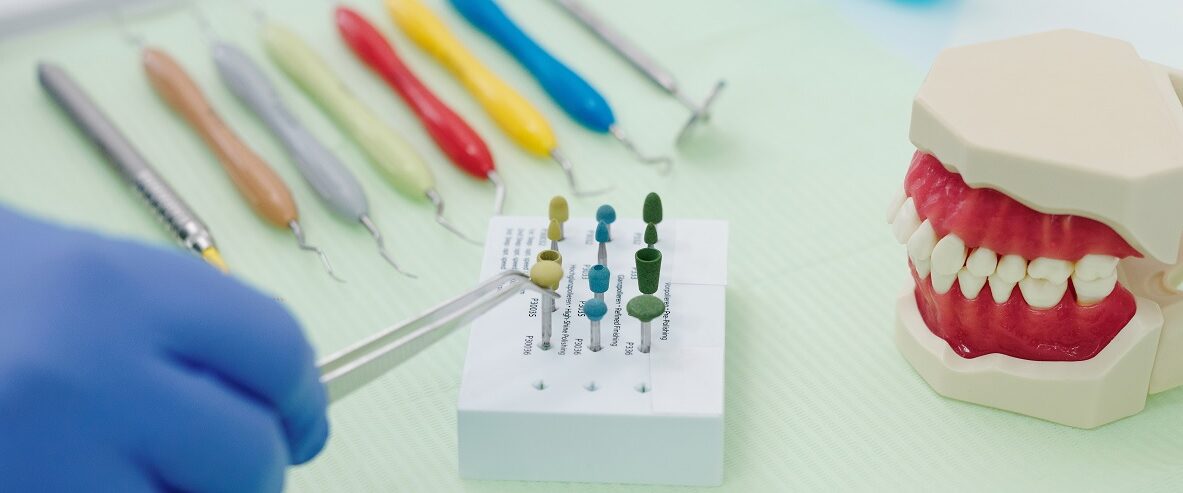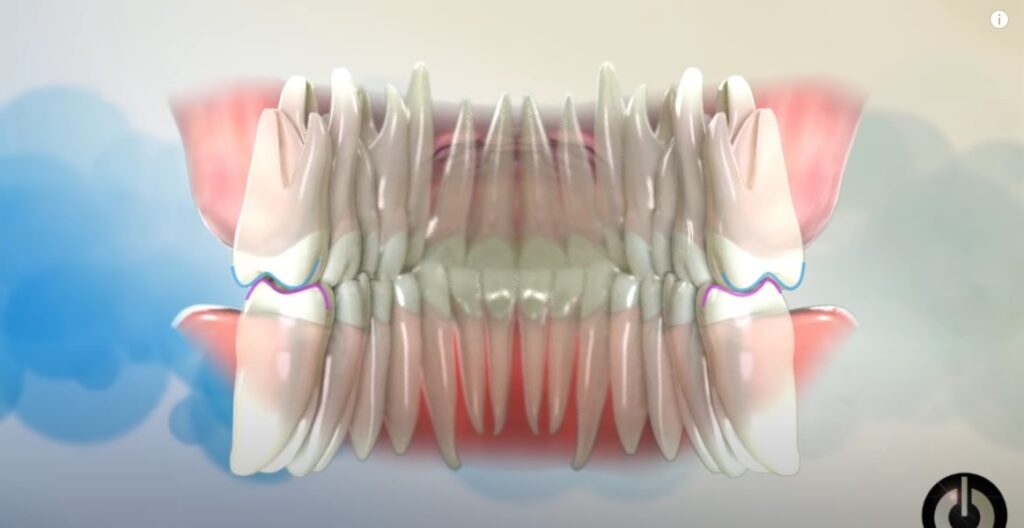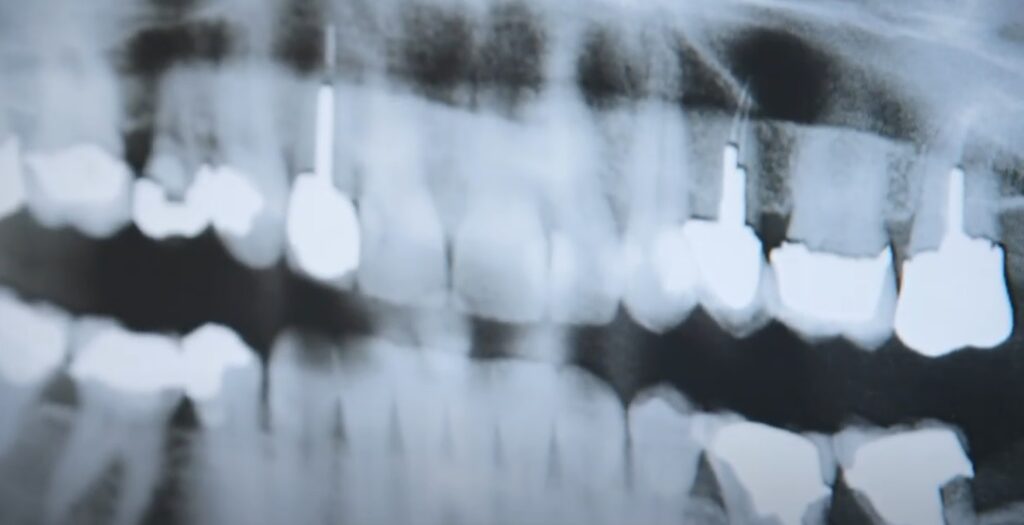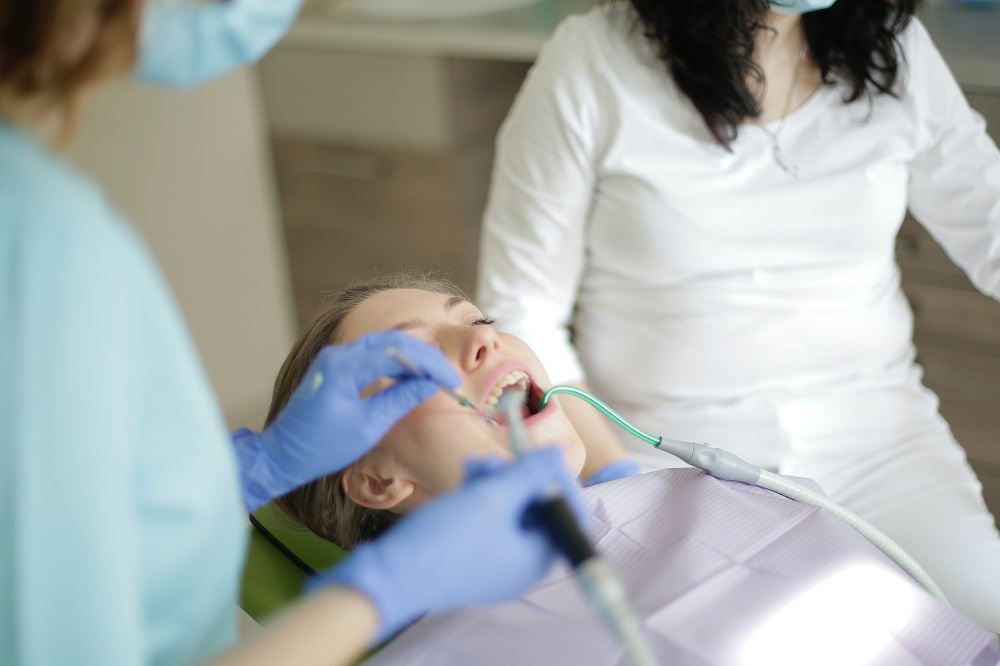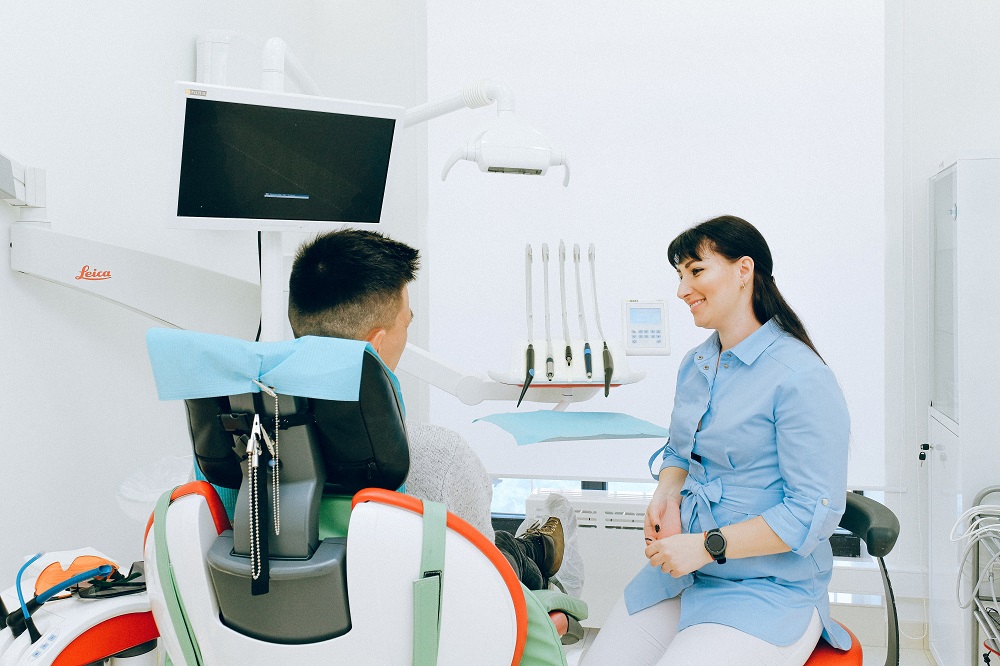
A narrow upper jaw, also known as maxillary constriction or maxillary hypoplasia, is a common dental issue that can cause problems such as crowded teeth, an uneven bite, and breathing difficulties. Orthodontic treatment is the most common solution for correcting a narrow upper jaw. In this article, we will explore the orthodontic treatment options available for a narrow upper jaw.
Palatal Expanders
Palatal expanders are one of the most common orthodontic appliances used to treat a narrow upper jaw. A palatal expander is a device that is attached to the upper teeth and gently widens the upper jaw by applying pressure to the palate. The expander is adjusted periodically by the orthodontist to gradually widen the upper jaw over several months.
Palatal expanders are most effective in children and teenagers whose upper jaw is still growing. In some cases, the orthodontist may recommend a rapid palatal expander, which can widen the upper jaw in just a few weeks.
Braces
Once the upper jaw has been widened with a palatal expander, braces may be used to straighten the teeth and correct any bite issues. Braces are typically worn for 18-24 months, although the length of treatment may vary depending on the severity of the dental issue.
In some cases, the orthodontist may recommend using temporary anchorage devices (TADs) in conjunction with braces to achieve the best results. TADs are small, temporary screws that are inserted into the jawbone to provide additional support for orthodontic appliances.
Clear Aligners
Clear aligners, such as Invisalign, are another orthodontic treatment option for a narrow upper jaw. Clear aligners use a series of custom-made, clear plastic trays to gradually move the teeth into their correct position. Clear aligners are virtually invisible and can be removed for eating and brushing, making them a popular choice for adults and older teenagers.
Surgical Options
In some cases, orthodontic treatment alone may not be enough to correct a narrow upper jaw. In these cases, the orthodontist may recommend a surgical procedure known as a maxillary expansion. Maxillary expansion is a procedure that involves cutting and repositioning the upper jaw to widen it permanently. This procedure is typically done in conjunction with orthodontic treatment to ensure that the teeth are properly aligned after the surgery.
Maxillary expansion surgery is usually only recommended in cases where the narrow upper jaw is causing severe dental issues or breathing difficulties. The procedure may require a period of downtime and a liquid or soft-food diet for several weeks while the jaw heals.
A narrow upper jaw can cause a variety of dental issues, including crowded teeth, an uneven bite, and breathing difficulties. Orthodontic treatment is the most common solution for correcting a narrow upper jaw, with options such as palatal expanders, braces, clear aligners, and in some cases, surgery.
If you or your child have a narrow upper jaw, it is important to seek treatment from an experienced orthodontist. The orthodontist can evaluate the severity of the dental issue and recommend the best treatment option to achieve a healthy, beautiful smile. With the right treatment, a narrow upper jaw can be corrected, and dental issues can be prevented or resolved.
